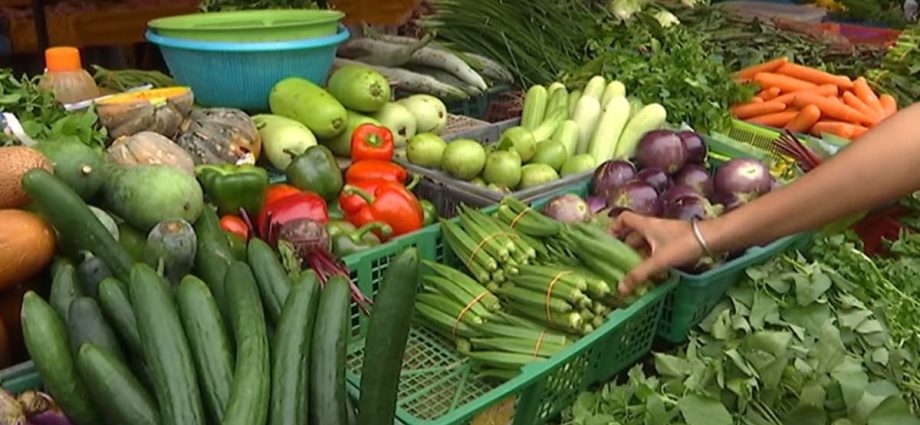
“When there’s prolonged heavy rain, the high humidity and moisture in the atmosphere will lead to fungus infecting the crops. And if the rain continues to be heavy, farmers don’t have the opportunity to treat these fungal infections and the trees will just die,” said Mr Naviin.
He noted that crop yield for the okra plant, for example, had been destroyed by fungal infection over the last few days.
HEAVY RAINFALL EXPECTED UNTIL FEBRUARY 2023: MET MALAYSIA
According to the Malaysian meteorological department (Met Malaysia), wet weather can be expected to continue over the next few months, due to the imminent northeast monsoon.
In a statement issued on Tuesday (Sep 6), Met Malaysia noted that typically, most parts of Malaysia would experience lower rainfall in the weeks leading up to mid-September, but the situation in 2022 has been different due to the “squall line phenomena”.
The phenomena involves a line of thunderstorms which are formed as a result of concentration of winds, and they typically can last several hours, said Met Malaysia.
“Typically, during this period, strong winds will blow consistently in the southwest direction, with lower humidity and more stable atmospheric conditions, hence reducing the formation of rain clouds,” it said.
“However, (this year there has been) heavy rain along with strong winds and thunder due to the squall line phenomena which has hit the west coast of Peninsular Malaysia and west Sabah in the mornings,” it added.
The department also said that wet weather is likely to continue in many parts of the country until February 2023, due to the annual northeast monsoon which usually takes place from October until March.
It said that during the monsoon season, strong winds can be expected from the east coast, at speeds of between 10 and 20 kilometres per hour.
There will also be a series of prolonged heavy rain in some areas, especially along the east coast of Peninsular Malaysia and the west of Sarawak.
GREENHOUSES FOR CONSISTENT CROP YIELD: FARMERS
With wet weather likely to continue in the short term and overall weather patterns set to be more unpredictable in the long term due to climate change, farmers are turning to new methods to ensure that crop yields are more consistent.

